Virginia’s Shenandoah Valley, running north-south between the Blue Ridge to the east, the Alleghenies to the west, hosted a four-year onslaught of clashes as Union and Confederate soldiers struggled to gain control over the strategic region. Indeed, it was a major transportation route with access to Richmond in the south and Washington, D.C., in the north, as well as an important source of food for the Confederate army—aka the Breadbasket of the Confederacy.
Today, many sites retell the stories of the Shenandoah Campaign. Here are some of the best.
WINCHESTER
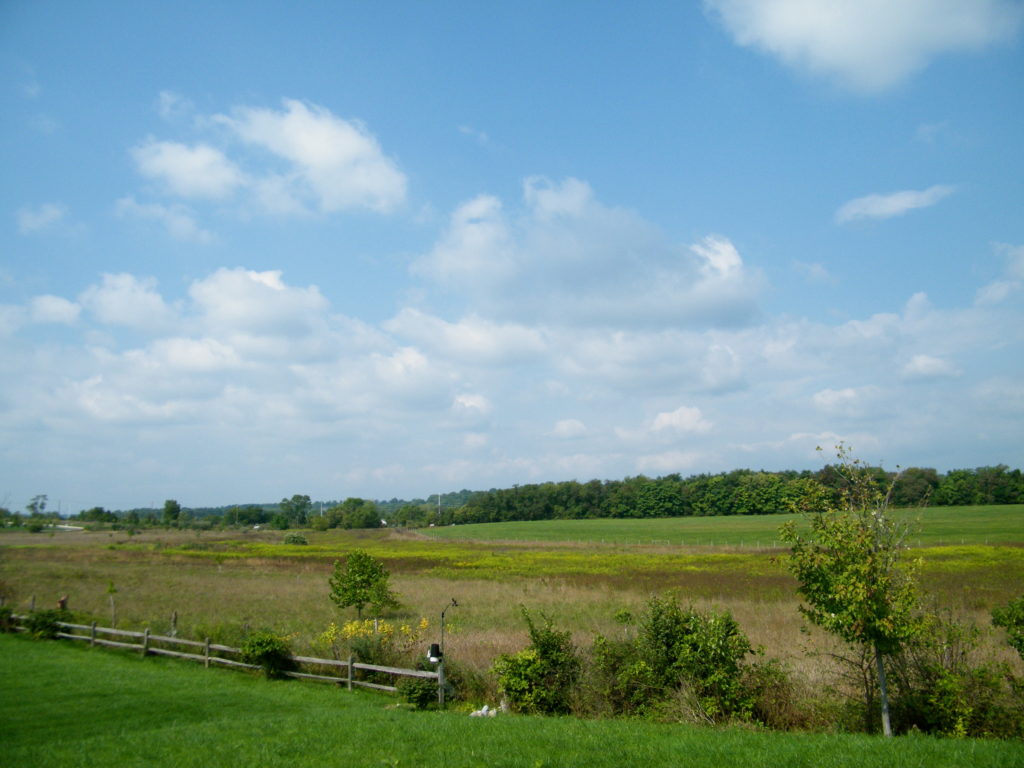
Perched at the northern tip of the Shenandoah Valley, Winchester grew up on a natural transportation route first used by Native Americans, then westbound settlers, followed by the Confederate armies, which used it as a staging area for movements into the Ohio Valley. Highly contested during the Civil War, the affluent commercial center changed hands 72 times, and it hosted several major engagements, including the First, Second, and Third Battles of Winchester, in May 1862, June 1863, and September 1864. Many other smaller skirmishes and raids unfolded in its proximity as well.
Sites
Kernstown Battlefield on the Pritchard-Grim Farm
Kernstown was an important gateway to Winchester, which explains why three battles ignited here. As part of Confederate Maj. Gen. Thomas “Stonewall” Jackson’s Shenandoah Valley campaign, the First and Second Battles of Kernstown—the First of which resulted in one of Jackson’s rare defeats—along with the second battle of Winchester unfolded on the Pritchard-Grim Farm. Interpretive markers and walking trails guide you through the paces, and you can visit the antebellum house.
Stonewall Jackson Headquarters
Stonewall Jackson and his wife, Mary Anna, lived in this house in 1861-1862, as he planned his Shenandoah Valley campaign.
NEW MARKET
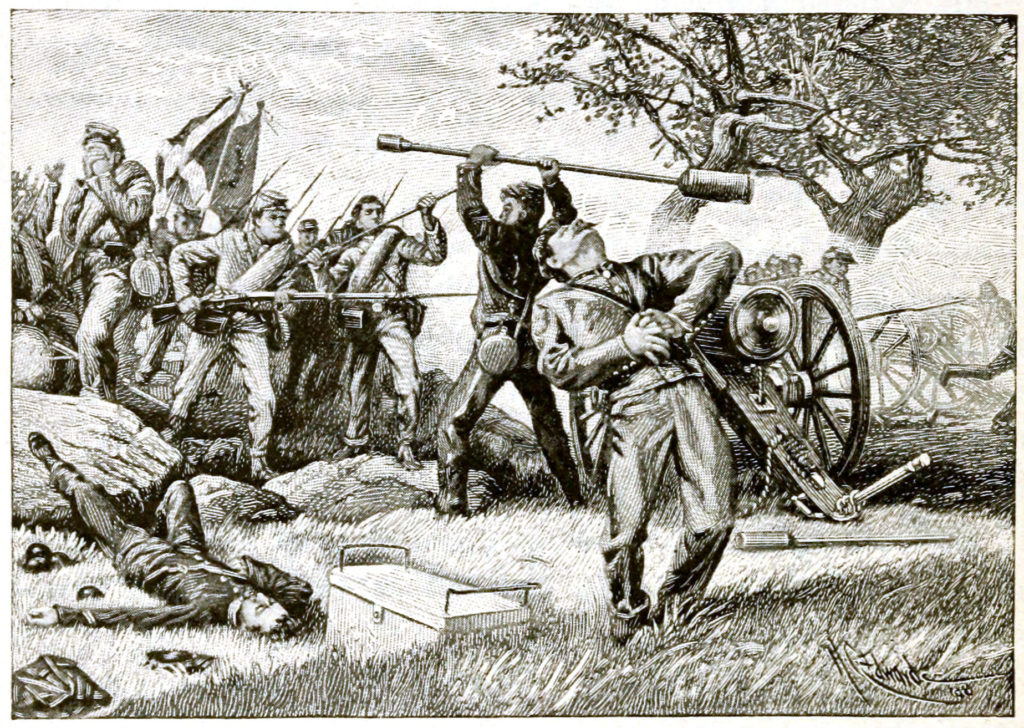
On May 15, 1864, VMI cadets as young as 15 years old marched up from Lexington to reinforce Confederate troops in the Battle of New Market. The Confederates won, but many cadets died on what would become known as the Field of Lost Shoes (due to the muddy conditions).
Sites
Virginia Museum of the Civil War
Learn about the Battle of New Market on the site where it happened, which includes a 300-acre battlefield park preserving the battlefield’s core areas and the historic Bushong Farm, where family members took refuge during the battle. After, it served as a hospital.
MIDDLETOWN
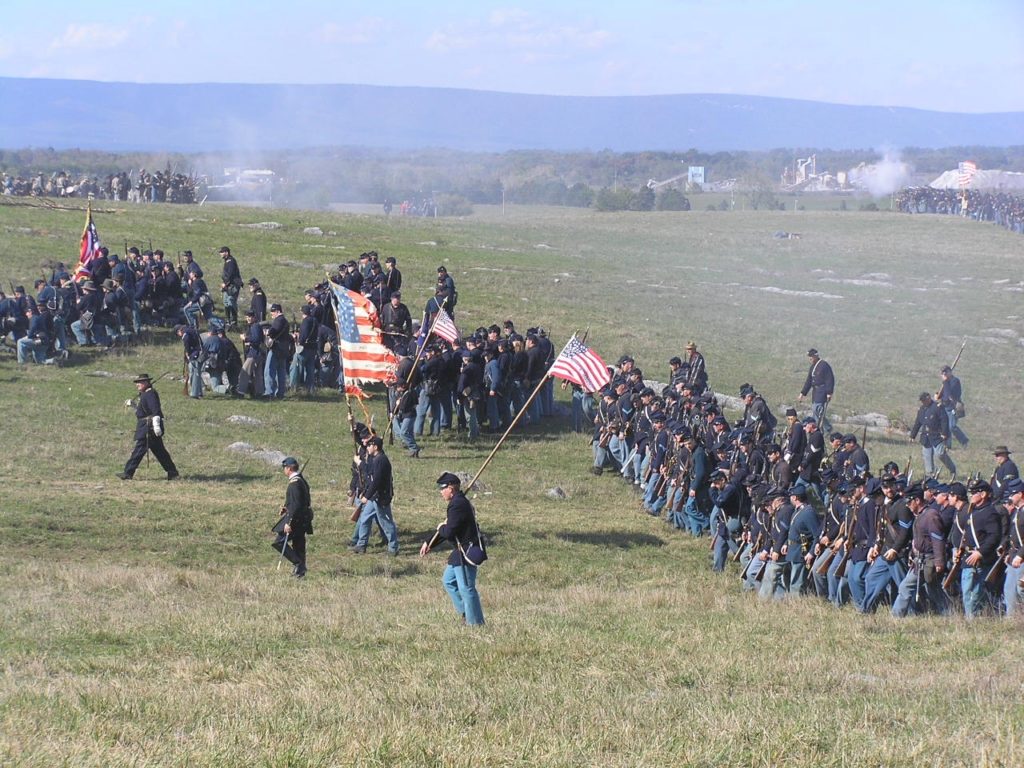
On October 19, 1864, Confederate Gen. Jubal A. Early initiated a surprise attack on the Federals, who were camped along Cedar Creek, south of Middletown. When he stopped to reorganize, Maj. Gen. Philip Sheridan counterattacked, and the Confederates could not recover. This Union victory at the Battle of Cedar Creek was one of the events that ensured President Abraham Lincoln’s reelecton in November.
Sites
Cedar Creek and Belle Grove National Historical Park
Today, Cedar Creek holds more than 1,500 acres of preserved lands, although private holdings break it up. There’s a self-guided driving tour, battle apps available for download, and markers and monuments. The antebellum plantation house, built in 1797, survived the fighting; tours today include the 19th– and 20th-century outbuildings. A reenanctment of the battle takes place every October.
The NPS operates an info center with displays on the history of the Shenandoah Valley and the Civil War, including a fiber optic map program demonstrating the Battle of Cedar Creek.
STRASBURG
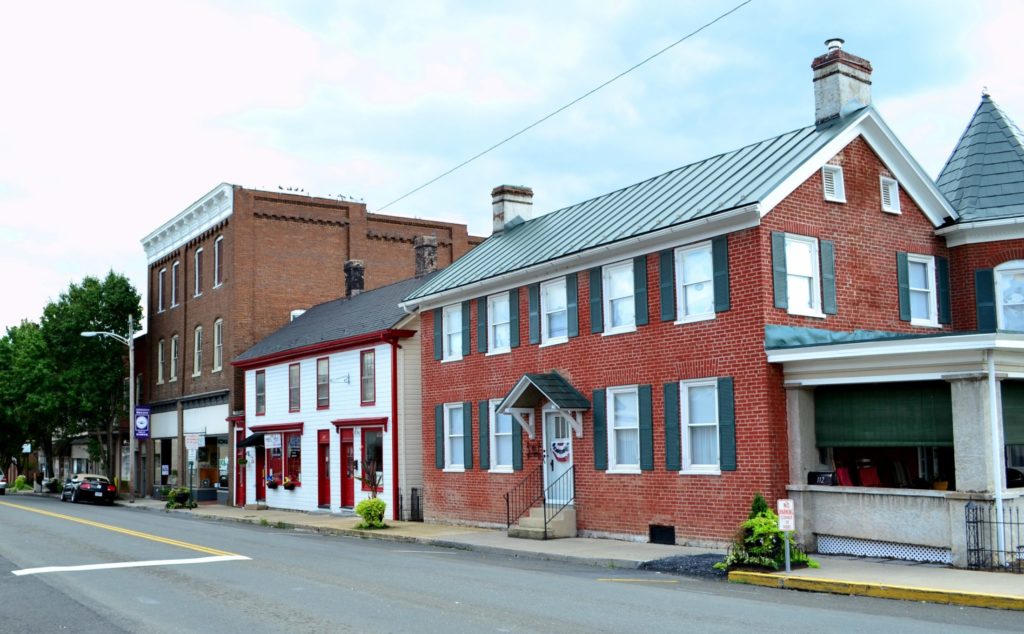
The Manassas Gap Railroad ran through Strasburg, connecting Manassas with Mount Jackson to the south. It’s no wonder that both Union and Confederate troops fought to control in the 1862 and 1864 Valley Campaigns. North of town, Hupp’s Hill provided a natural defense against an advance from the south. It was from here that, in October 1864, Confederate Jubal Early spied George Crook’s Union troops making their way in the fields to the east of Cedar Creek. They began firing, with Crook dispatching two brigades. It wasn’t a major battle, but this “right smart little fight” alerted Union Maj. Gen. Philip Sheridan to the renewed Confederate presence in the valley.
Sites
Interpretive trails wander along original trenches built by Maj. Gen. Philip Sheridan’s army. Here, too, is a museum detailing the Shenandoah Valley’s history.
LEXINGTON
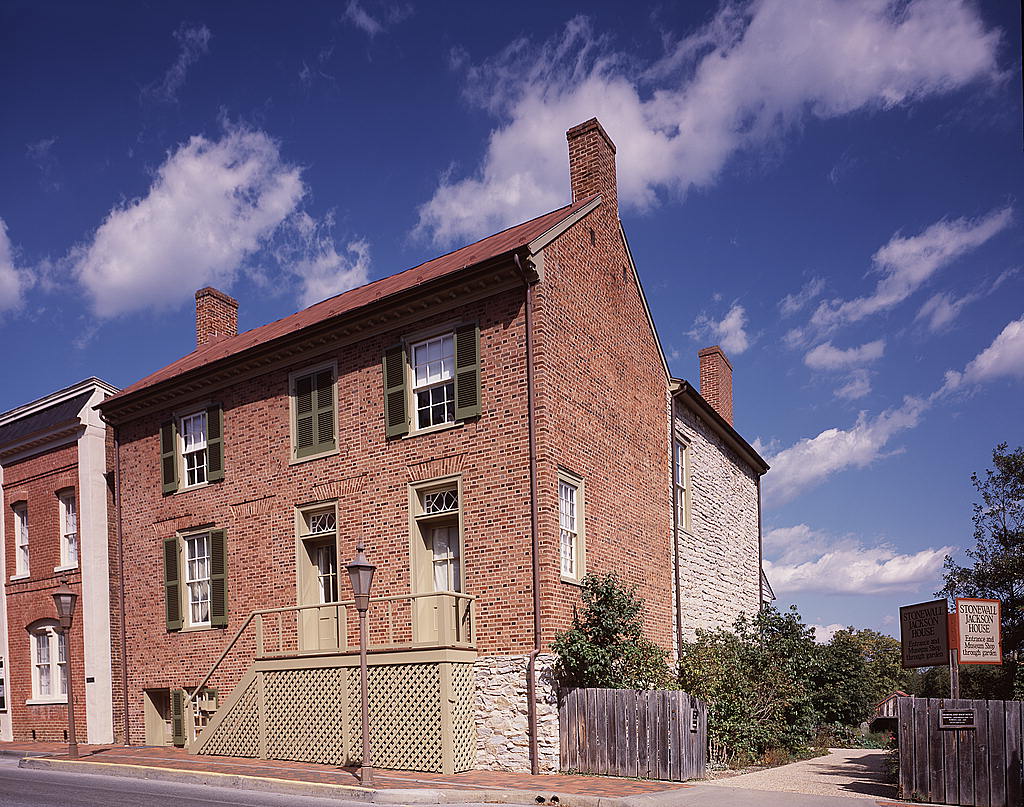
Home to John Letcher, the Virginia governor during the Civil War, this valley town has strong ties to the Confederacy. After the war, Robert E. Lee became president of what is now Washington and Lee University. Both Lee and Jackson are buried here.
Sites
Founded in 1839, this public military college enrolls cadets only, who are not required to serve in the military upon graduation. Notable graduates include George Marshall; Benjamin Franklin Ficklin, one of the founders of the Pony Express; and actor and comedian Fred Willard. Sites to see here include the Jackson Memorial/VMI Museum, which explores the history and life of Jackson and the Corps of Cadets. Don’t miss the stunning painting in the chapel that depicts the charge of the cadets at the Battle of New Market.
Jackson and his second wife, Mary Anna Morrison, lived in this house before the war. It’s been meticulously restored to the Jacksons’ times, and tours take in his life as a professor, church leader, businessman, and husband.
Stonewall Jackson Memorial Cemetery
Stonewall Jackson is buried in this cemetery less than a mile from VMI. Also here are 144 Confederate veterans, two Virginia governors, and Margaret Junkin Preston, the Poet Laureate of the Confederacy.
Confederate general Robert E. Lee is buried beneath this little chapel on the Washington and Lee University campus. After the war, he served as president of the small school. A museum tells the story of the Washington and Lee families.
